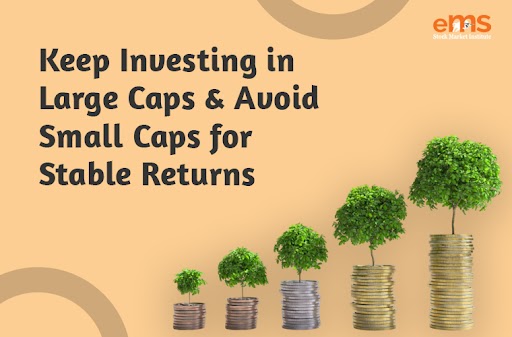The Markets Are Flat and Boring What Should You Do?

Have you noticed the markets going nowhere lately? Prices are just moving up and down in a small range without any major trend. This is called a sideways or range bound market and yes, it can feel boring. But if…













